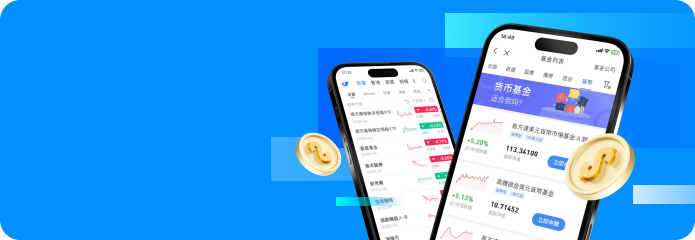On August 18, Novo Nordisk announced in the U.S. a $499/month cash-pay price for Ozempic (semaglutide), roughly half of the prior list price, with prescriptions and fulfillment provided through its own channels and partners such as GoodRx. The move comes as competition in the obesity and metabolic space intensifies and pricing/accessibility draw heightened scrutiny.
Cash price cut covering both Ozempic and Wegovy
Eligible type 2 diabetes patients paying cash can obtain Ozempic for $499 per month via Novo Nordisk’s NovoCare pharmacy, GoodRx, and other platforms. Previously, the self-pay option for Wegovy (for weight management) was also available at the same $499 price point, effectively aligning the company’s two semaglutide brands on the cash-pay side.
On distribution, Novo Nordisk is working with telehealth and e-pharmacy platforms to enable an end-to-end online flow—virtual consults, e-prescriptions, payment, and home delivery. GoodRx also lists Wegovy at prices “as low as $499/month.”
The offer is primarily aimed at patients without commercial insurance coverage or those opting to pay cash. For those with commercial insurance, traditional savings cards/co-pay programs can still materially reduce monthly out-of-pocket costs. Running these two pathways in parallel is intended to expand overall access and reduce prescription leakage. Notably, Novo Nordisk briefly offered a promotional Wegovy cash price of $199–$299 in June–July; the $499 level is framed as more sustainable and repeatable.
Product, market and competitive landscape
Ozempic (indicated for type 2 diabetes) and Wegovy (indicated for weight management) share the same active molecule, semaglutide. A unified cash price helps simplify payment expectations for physicians and patients, supports adherence from initiation through maintenance, and enables more stable shipping and restocking plans as supply chains and capacity scale.
Meanwhile, compounded or mixed formulations have drawn regulatory scrutiny for quality and safety risks. Originator brands are responding with “authentic channels + transparent pricing,” addressing pricing concerns while tightening competitive norms.
On the rival front, Eli Lilly’s Zepbound also offers cash-pay options and has periodically reduced cash prices for certain doses. The leaders are engaged in a four-dimensional tug-of-war across price, channel, capacity and services. For Novo Nordisk, aligning Ozempic’s cash price with Wegovy’s sharpens the head-to-head comparison with Zepbound on the self-pay front, while the company’s established brand and scaled supply help defend share.
Capital-market reaction and implications: intermediaries benefit most visibly
On the day of the announcement, GoodRx surged about 37%, at one point approaching a 40% intraday gain; Novo Nordisk’s ADRs rose roughly 4%–6%. Media coverage broadly attributed the move to the “$499 cash price + direct distribution access,” which could drive prescription growth and GMV. Barron’s and Reuters noted that GDRX benefits most directly from capturing the online prescription and fulfillment loop, while NVO is “trading price for volume” to expand U.S. cash-pay penetration. The Financial Times (FT) argued that a “half-price” approach and cleaner channels can help repair brand perception and demand. The narrative is shifting from “high price + insurance” toward “cash price + DTC.” Going forward, three high-frequency metrics—TRx/NRx growth, cash-order mix, and capacity/restocking cadence—will likely determine how durable the multiple expansion can be for both stocks.
How to Buy Novo Nordisk on uSMART
After logging into the uSMART HK app, click on "Search" at the top right of the page, input the stock code to access the details page and view transaction details and historical trends. Then click the "Trade" button at the bottom right, select the "Buy/Sell" option, fill in the transaction conditions, and submit your order.
(image source:uSMART HK app)



